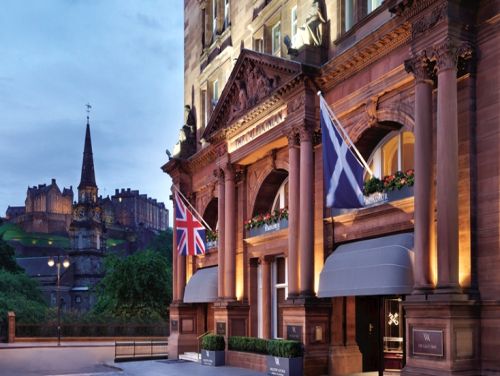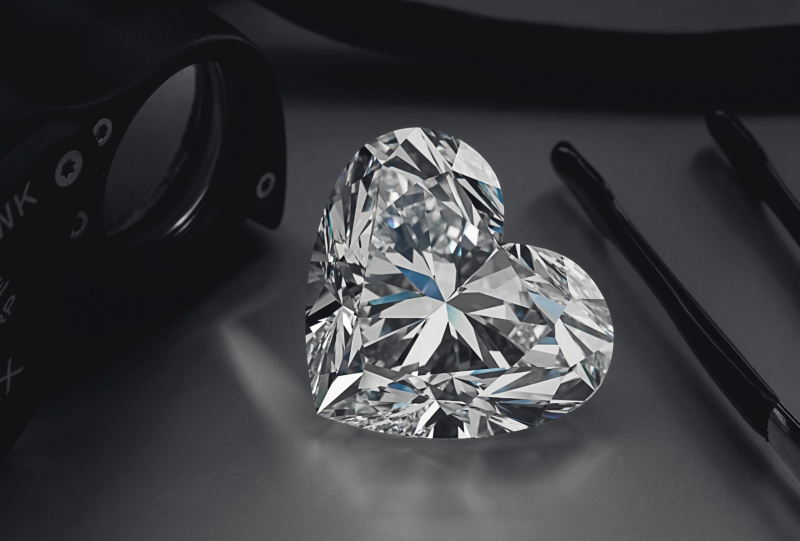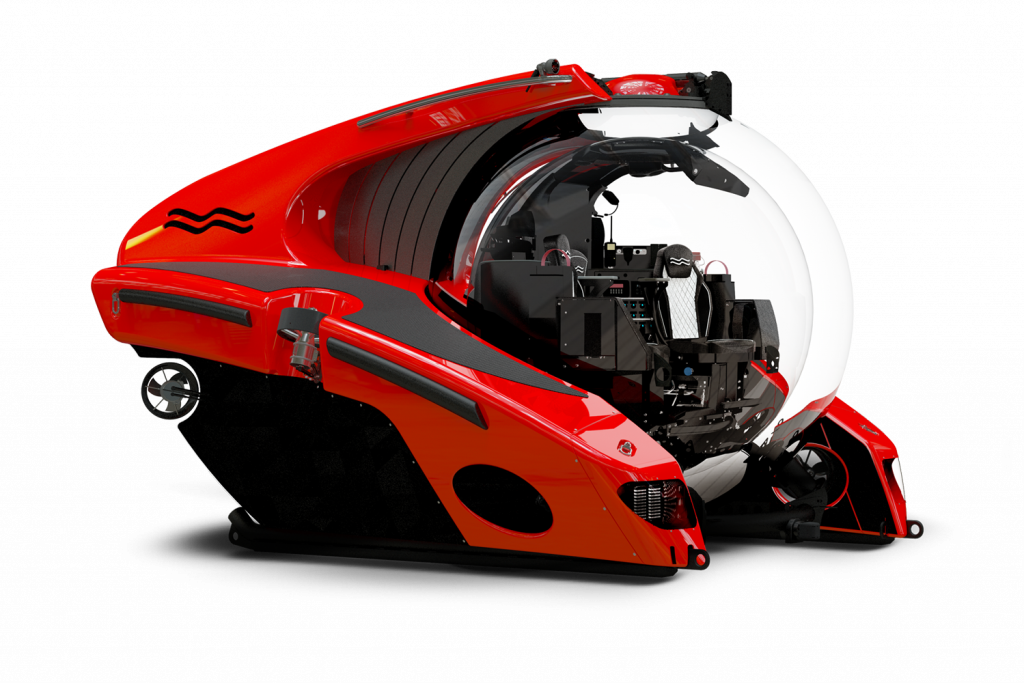The Slideshow of Luxovis and World Class Luxury
Scroll Position Contacts
The Contacts of the luxury item
Contacts
|
Hotels, Resorts & Villas
|
||

|
Prestonfield House
     Type: Hotel Location: EH16 5UT, Edinburgh, , United Kingdom Address: Priestfield Road |
|
|
Hotels, Resorts & Villas
|

|
|
Prestonfield House
    
Type: Hotel Location: EH16 5UT Edinburgh Address: Priestfield Road |
Scroll Position Overview
Overview of the luxury item
Overview
Now a characterful and luxurious five-star hotel, Prestonfield has a long and distinguished heritage at the very centre of Scotland's political, social, business and artistic life.
60 years after Prestonfield changed from a private home to a luxury hotel, that tradition continues to this day; it remains the quintessential Edinburgh venue in which to indulge, celebrate or entertain.
The lands of Prestonfield, or Priestfield, as the estate was known until the late 17th century, were ceded in medieval times to the Cistercian monastery at Harehope in Northumberland. Henry, Earl of Huntington – son of David I of Scotland, had founded this wealthy order in 1150. In 1376, after the bloody War of Independence, the order’s Scottish lands were confiscated and given to the Earl of Carrick, son of King Robert II – who sold them to the wealthy and powerful Wardlaw family.
The Priestfield estate was subsequently acquired by Walter Chepman, printer to King James IV (and the first printer in Scotland), later passing to that branch of the distinguished Hamilton family that became Earls of Haddington. But, by the 1660’s, the estate had become so burdened with debt that it was first mortgaged to Sir Robert Murray and then sold to Sir James Dick who's portrait still hangs at Prestonfield today, whilst his initials feature in the stonework and the plaster ceilings.
Sir James’ grandfather, Sir William Dick, had been a leading light in Scottish politics, briefly holding the office of Provost of Edinburgh. He had grown so incredibly wealthy from his mercantile activities that he was called upon time and again to loan funds to the impoverished Scottish exchequer. By 1646, the public purse owed him almost £45,000 sterling. However, his fabled generosity and fondness for litigation brought financial ruin. He died while incarcerated in a London prison during 1655, leaving his family so impoverished that they were unable to contemplate the expense of his funeral for a further six months. A painting of Sir William, surrounded by his family in gaol still hangs at Prestonfield today and a portrait of him in his red velvet robes has recently rejoined the art collection at Prestonfield.
Within two decades, however, Sir William’s grandson, Sir James Dick, who shared his forebear’s commercial flair and political ambitions, restored the Dick family’s fortunes. Although the Dick family remained Catholic during the ascendancy of Protestantism, and despite widespread antipathy towards papists, he too became Provost of Edinburgh, and his increasing prosperity allowed him to purchase property and land including the Priestfield estate in the 1677.
Ingeniously, he undertook to clear Edinburgh’s streets of their filthy excrement at his own expense – arranging to have the stinking "night soil" ferried out to enrich the Priestfield soil. And when an anti-Catholic student protest escalated into the burning down of the original Priestfield House, Sir James enlisted the king’s architect, Sir William Bruce, then working on the Palace of Holyrood House nearby, to design a suitably lavish replacement, modifying the estate’s politically contentious name to Prestonfield.
A Dutch garden, verdant lawns and parterres with all manner of statuary and fountains surrounded the fine new house. The interiors were embellished with plasterwork by Italian artisans whom Bruce had previously engaged at the Palace of Holyrood House. Tooled and gilded leather wall-coverings from Cordova in Spain, originally installed at the Dick’s townhouse in the Lawnmarket, were transferred to provide the décor for the principle bedchamber, now enjoyed by guests as the atmospheric Leather Room.
Other rooms were filled with tapestries and fine furnishings such as the magnificent Chinoiserie lacquer cabinets that still remain at Prestonfield today, while an agent in Holland purchased appropriate paintings on Sir James’ behalf. Thus Prestonfield was transformed into the most hospitable and congenial of retreats and today hotel guests enjoy the luxury of being surrounded by art and antiques, much bought and commissioned for the house over three centuries ago.
On his death in 1728, the estate passed via Sir James’ daughter, Lady Cunyngham, to his grandson, William who assumed the Dick baronetcy. Lady Cunyngham took up residence at Prestonfield, and was at the house in 1745 when the Young Pretender’s Jacobite army settled nearby at Duddingston. As Catholics, the extended Dick-Cunyngham family must have sympathised with the Jacobite cause, and Sir William’s younger brother, Alexander, had certainly already met and been befriended by the exiled Charles Edward Stuart (Bonnie Prince Charlie) during travels in Italy. His mother made a handsome donation to the Jacobite war chest and Scots Pines, a tree laden with Jacobite meaning still grow here today.
Stuart connections remain at Prestonfield today; the Stuart Room, one of Prestonfield's charming private dining rooms, takes its name from these connections. A painting of Mary Queen of Scots hangs there and the distant view is of the romantic ruins of Craigmillar castle.
One year later, Alexander Cunyngham inherited the estate and its baronetcy from his brother, and assumed the Dick surname – styling himself Sir Alexander Dick. A physician by profession (seven times President of the Royal College of Physicians and a founding member of the Royal Society of Edinburgh), Sir Alexander took a particular interest in horticultural propagation, and was accorded a gold medal for his successful introduction of rhubarb to Scotland. Thus rhubarb has given a name to Prestonfield's sumptuous restaurant and still features often on the menu, much of the rhubarb being grown at Prestonfield.
Inspired by his earlier travels in Italy with the painter, Allan Ramsay, Sir Alexander commissioned the Norrie family to paint Italian-style landscapes on to the panelling of the room he used for dining. Here, re-igniting Prestonfield’s reputation for genial hospitality, he played generous host to leading thinkers, writers and artists of the day including David Hume, Benjamin Franklin, Dr Samuel Johnson, and his biographer, Boswell, plus Ramsay himself – whose fine portraits of Sir Alexander and his wife remain at Prestonfield. The Italian Room is still available for guests and is probably Edinburgh's most sought-after private dining venue.
Sir Alexander’s heirs continued to sustain the Dick family’s flair for commerce and Prestonfield’s reputation for hospitality. To this later end, Sir Robert Keith Dick, who served in the East India Company for twenty years prior to inheriting the Prestonfield estate, extended and remodelled the house – sweeping away the old 17th century staircase to provide a processional approach to two spectacular new reception rooms designed by James Gillespie Graham, which he hung with family portraits and new acquisitions ferried back from his extensive travels in Europe. Originally a grand drawing room and dining room this pair of handsome rooms now form Prestonfield's restaurant - Rhubarb.
He had earlier added a neo-classical porte-cochere, forming an imposing new entranceway. And, ever the keen horseman, he swept away the original Dutch garden to accommodate James Gillespie Graham’s splendid circular stable block. The grounds were re-landscaped in the era’s fashionable parkland idiom. His initials, SRKD, still feature over the stable entrance today, whilst a number of his horses feature in the equestrian paintings which hang in the whisky room.
Subsequent generations of the family, now styling itself as Dick-Cunyngham, found distinction in military service – particularly in India. In the extended absence of its laird abroad or at the Cunyngham seat near Cheltenham, Prestonfield House was invariably leased. Of the subsequent generations of Dick-Cunynghams who did choose to reside there, none had the wherewithal for substantial changes to the fabric or contents of the building. This may have saved it from architectural remodelling in line with high Victorian or Edwardian taste.
Half a century ago, the house remembered its past reputation for hospitality, and opened as a hotel. Stars of the sixties, seventies and eighties delighted in its tranquil setting, its unique architecture, its handsome antiques and precious artworks. Sandie Shaw walked barefoot across the marble floor of the front hall. Winston Churchill and Margaret Thatcher each dined at Prestonfield under the watchful eyes of early Dick-Cunyngham family portraits. Sean Connery, Elton John and Catherine Zeta Jones all partied the night away. And Oliver Reed raised the hell for which he was so very well known.
Now, James Thomson, owner of Edinburgh’s celebrated Witchery by the Castle and Tower restaurants, has breathed new life into the stately old pile following its acquisition. The patina of age has been gently lifted from the house and its treasures; its fading splendours have been sympathetically restored; its atmosphere transformed from one of faded grandeur to a new exuberance. It is ready to be rediscovered, once more Edinburgh’s most handsome hotel in the city’s most wonderful setting – once more, as William Burn noted over a century ago, “a picture of Arcadia.”










 Shops & Boutiques
Shops & Boutiques






